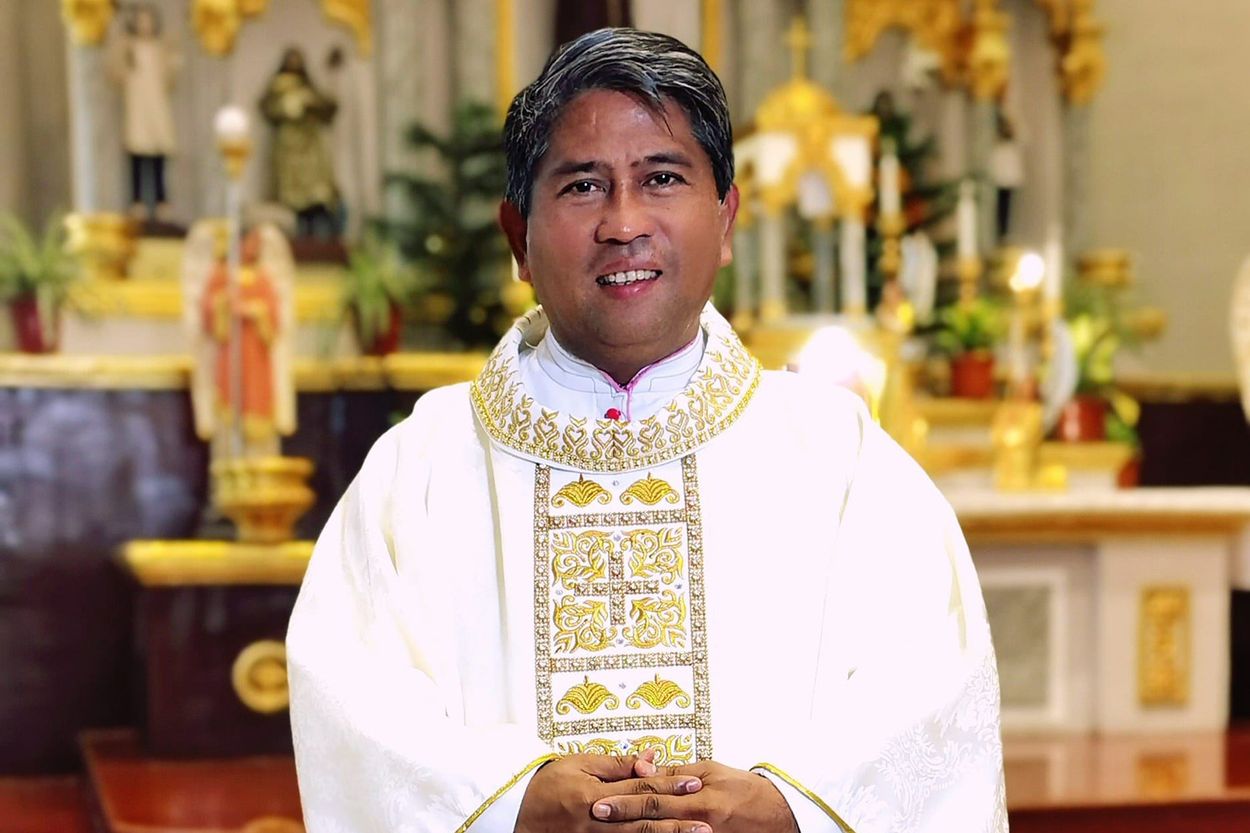
Who is Auxiliary Bishop? An Auxiliary Bishop assists a diocesan bishop in meeting the pastoral and administrative needs of the diocese. They are appointed by the Pope and hold the title of bishop, though they do not have the right of succession. Auxiliary Bishops often oversee specific regions within a diocese or handle particular duties assigned by the diocesan bishop. Their role is crucial in large dioceses where one bishop cannot manage all responsibilities alone. They also serve as a bridge between the diocesan bishop and the clergy, ensuring smooth communication and effective pastoral care.
20 Facts about Auxiliary Bishop
Auxiliary bishops play a crucial role in the Catholic Church, assisting diocesan bishops in their pastoral and administrative duties. Here are some intriguing facts about these important figures.
Role and Responsibilities
Auxiliary bishops have specific duties that support the diocesan bishop. Their responsibilities can vary widely depending on the needs of the diocese.
- Assist Diocesan Bishops: Auxiliary bishops help diocesan bishops manage large dioceses, ensuring that pastoral care reaches all corners.
- Perform Sacraments: They often perform sacraments like confirmations, ordinations, and blessings, especially when the diocesan bishop is unavailable.
- Administrative Duties: Handling administrative tasks, such as overseeing diocesan offices or departments, is a significant part of their role.
- Represent the Bishop: They represent the diocesan bishop at events, meetings, and ceremonies when the bishop cannot attend.
- Pastoral Visits: Conducting pastoral visits to parishes and communities within the diocese helps maintain a strong connection between the church leadership and its members.
Appointment and Qualifications
Becoming an auxiliary bishop involves a rigorous selection process and specific qualifications.
- Papal Appointment: The Pope appoints auxiliary bishops, often based on recommendations from the diocesan bishop and other church officials.
- Priestly Experience: Candidates typically have extensive experience as priests, demonstrating strong leadership and pastoral skills.
- Theological Education: A solid background in theology, often with advanced degrees, is essential for understanding and teaching church doctrine.
- Moral Integrity: High moral standards and a reputation for integrity are crucial for anyone considered for this role.
- Age Requirements: While there is no strict age limit, most auxiliary bishops are appointed in their 40s or 50s, allowing for a balance of experience and energy.
Historical Context
The role of auxiliary bishops has evolved over centuries, adapting to the changing needs of the church.
- Early Church: In the early church, auxiliary bishops were often used in missionary territories to help spread Christianity.
- Middle Ages: During the Middle Ages, they played a key role in managing large dioceses and supporting the growing church hierarchy.
- Council of Trent: The Council of Trent (1545-1563) formalized many aspects of the auxiliary bishop's role, emphasizing their importance in church governance.
- Modern Era: Today, auxiliary bishops continue to adapt, addressing contemporary issues and supporting the diocesan bishop in new ways.
Notable Auxiliary Bishops
Throughout history, several auxiliary bishops have made significant contributions to the church and society.
- Saint Augustine: Before becoming the Bishop of Hippo, Saint Augustine served as an auxiliary bishop, known for his theological writings and influence.
- Cardinal John O'Connor: Before becoming the Archbishop of New York, he served as an auxiliary bishop, known for his strong stance on social issues.
- Bishop Fulton Sheen: Famous for his television program "Life is Worth Living," he served as an auxiliary bishop in New York before becoming the Bishop of Rochester.
- Cardinal Joseph Ratzinger: Before becoming Pope Benedict XVI, he served as an auxiliary bishop in Munich, known for his theological expertise.
Fun Facts
Here are some lighter, interesting tidbits about auxiliary bishops.
- Episcopal Insignia: Auxiliary bishops wear the same episcopal insignia as diocesan bishops, including the mitre, crosier, and ring.
- Global Presence: There are auxiliary bishops in dioceses all over the world, reflecting the global nature of the Catholic Church.
Final Thoughts on Auxiliary Bishop
Auxiliary bishops play a crucial role in the Catholic Church. They assist diocesan bishops in managing large dioceses, ensuring that the spiritual and administrative needs of the faithful are met. These bishops often handle specific tasks like confirmations, ordinations, and pastoral care, allowing the diocesan bishop to focus on broader responsibilities. Their work is vital for maintaining the church's structure and supporting its mission.
Understanding the role of auxiliary bishops helps appreciate the complexities of church leadership. They bring unique skills and experiences, enriching the church's ministry. Their contributions, though sometimes behind the scenes, are essential for the smooth functioning of dioceses.
In essence, auxiliary bishops are indispensable to the Catholic Church, providing necessary support and leadership. Their dedication and service ensure that the church can effectively minister to its members, fostering a strong and vibrant faith community.
Was this page helpful?
Our commitment to delivering trustworthy and engaging content is at the heart of what we do. Each fact on our site is contributed by real users like you, bringing a wealth of diverse insights and information. To ensure the highest standards of accuracy and reliability, our dedicated editors meticulously review each submission. This process guarantees that the facts we share are not only fascinating but also credible. Trust in our commitment to quality and authenticity as you explore and learn with us.


